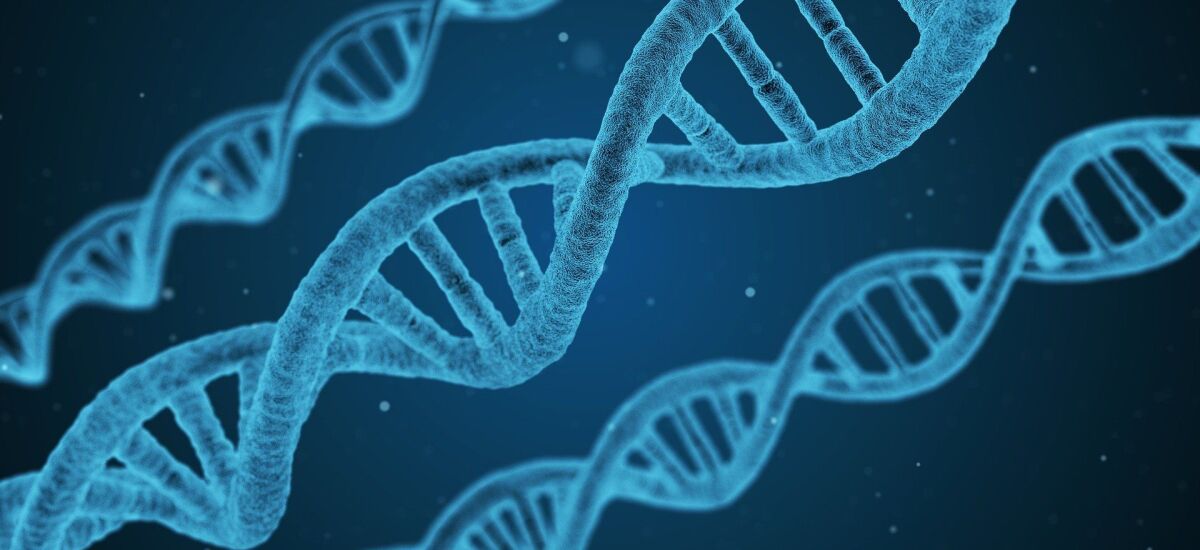UMESciA Projects
Research in UMESciA will primarily be conducted within the oncology focus research area with potential collaborations into the other four research focus areas of the faculty: cardiovascular medicine, transplantation, infectiology/immunology and translational neuro and behavioral sciences. The research activities will take place at the Faculty of Medicine/ University Hospital Essen and at the University Essen at the Faculty of Chemistry or the Faculty of Biology. The primary research scheme of UMESciA will address translational research questions in biologic therapies of cancer with the aim to improve mechanistic understanding of those therapies, develop new biomarkers of response and improve patient selection.
The following projects are currently available for UMESciA applicants:
Characterization of hematopoietic and mesenchymal progenitors in brain tumors
B. Scheffler, DKTK Translational Neurooncology
We have identified unconventional populations of hematopoietic stem and progenitor cells in glioblastoma that are associated with unfavorable patient outcomes. We aim to characterize and dissect the interactions of these cells within the tumor microenvironment and to understand how they mechanistically underpin tumor progression and resistance to therapy.
Interplay of myeloid cells and T cells in cancer therapy of solid tumors
S. Brandau, Department of ORL and Head & Neck Surgery
Certain subsets of myeloid cells are important mediators of immunosuppression and often limit the efficacy of cancer immunotherapy. In a reverse translational approach, we will correlate phenotypes and spatial compositions of myeloid cells and T cells in tumor tissue with outcome and therapeutic response. From these data, we will identify prognostic markers and novel combination therapies, which will be tested in preclinical models.
Shared resistance mechanisms in immunotherapy and targeted inhibitor therapy of melanoma
A. Paschen & D. Schadendorf, Department of Dermatology
Patients with advanced melanoma can be effectively treated either with antibodies targeting immune checkpoints or inhibitors targeting MAPK signaling. However, the majority of patients eventually dies from the disease due to therapy resistance. Since the efficacy of both targeted therapy and immunotherapy is dependent on the anti-tumor activity of adaptive T lymphocytes, we focus on the identification of shared resistance mechanisms enabling tumor cells to escape from T cell surveillance.
Resistance to immunotherapy in Merkel cell carcinoma (MCC)
S. Ugurel & J.C. Becker, Department of Dermatology and Translational Skin Cancer Research, German Cancer Consortium DKTK
MCC is a very aggressive, but also highly immunogenic skin cancer. Thus, immunotherapy with PD-1/PD-L1 checkpoint inhibitors is an efficient treatment for patients with advanced MCC, but resistance is common. This project will apply single cell and spatial transcriptomics to unravel the molecular mechanisms contributing to the primary and secondary resistance of MCC to immunotherapy focusing on adaptive T cell responses identified by their T-cell receptor repertoire usage.
Biomarkers in Sarcoma
H.U. Schildhaus, Inst. of Pathology, S. Bauer and J. Falkenhorst, Medical Oncology
Relevance of biological factors to outcome of chemo(radio)immunotherapy combinations
V. Jendrossek, Dept. of Molecular Cell Biology, Institute of Cell Biology (Cancer Research)
Chemo(radio)immunotherapy has improved clinical outcomes in patients with advanced non-small lung cancer (NSCLC), but most patients eventually relapse or suffer from severe immune related adverse effects. We will investigate T cell subsets, macrophages, and neutrophils in pre-therapy blood and tumor tissue samples. The obtained results will be used to define candidate biomarkers for patient stratification and modulation of tumor response and adverse effects.
Near-infrared laser-based photothermal therapy of cancer-associated cells using rationally designed and molecularly functionalized gold nanorods
S. Schlücker, Center for Nanointegration Duisburg-Essen (CENIDE)
Gold nanorods are particularly attractive for photothermal therapy (PTT) due to their tuneable optical properties in the red to near-infrared (NIR ) spectral region and their high absorption cross section, leading to the efficient generation of heat by using light with a high penetration depth. In collaboration with the group of S. Brandau (Department of ORL and Head & Neck Surgery) we aim at selectively addressing immune cells in the tumor microenvironment rather than the tumor cells themselves. Cellular studies are performed with available custom-made optical instrumentation for PTT in conjunction with biochemical/molecular biology techniques for comprehensive downstream analyses.
Characterization of the proteotoxic stress burden of head and neck cancer cells
M. Ehrmann, Center of Medical Biotechnology (ZMB)
In collaboration with the Depts. of Hematology and Dermatology, as well as the Institute of Pathology, this project will determine the levels of proteotoxic stress of cancer cells of different origin by using molecular and physiological markers and correlate those to IC50 values of various proteasome inhibitors. Subsequently, we will test synergistic effects with other therapeutic agents with the aim of reducing drug concentrations.

